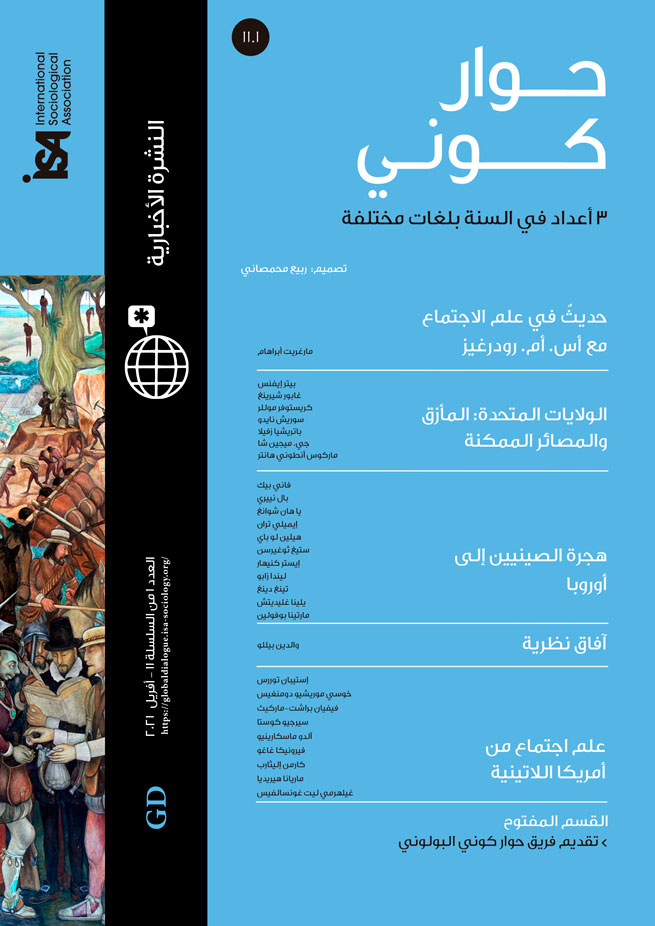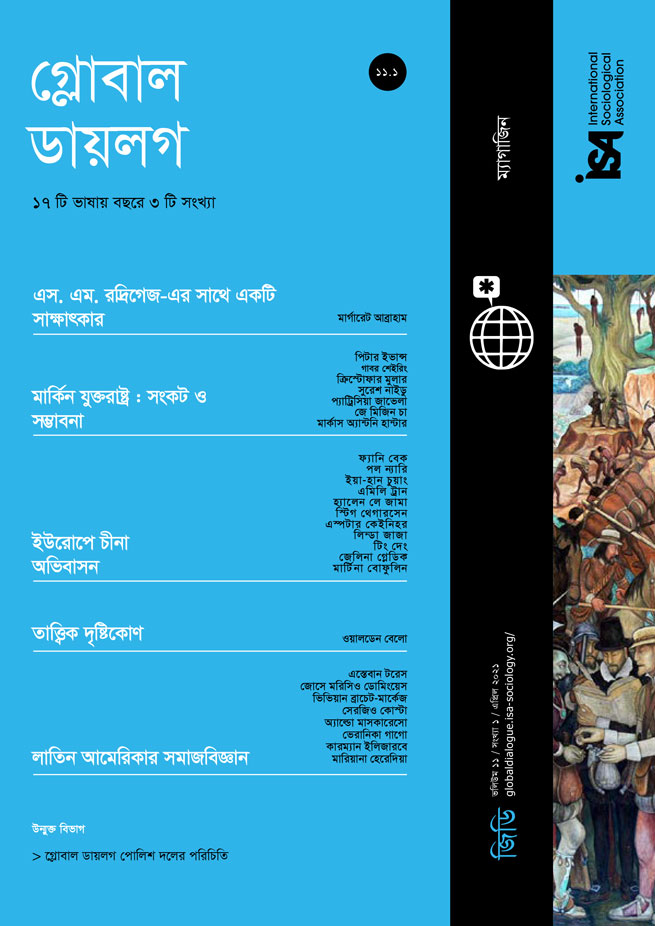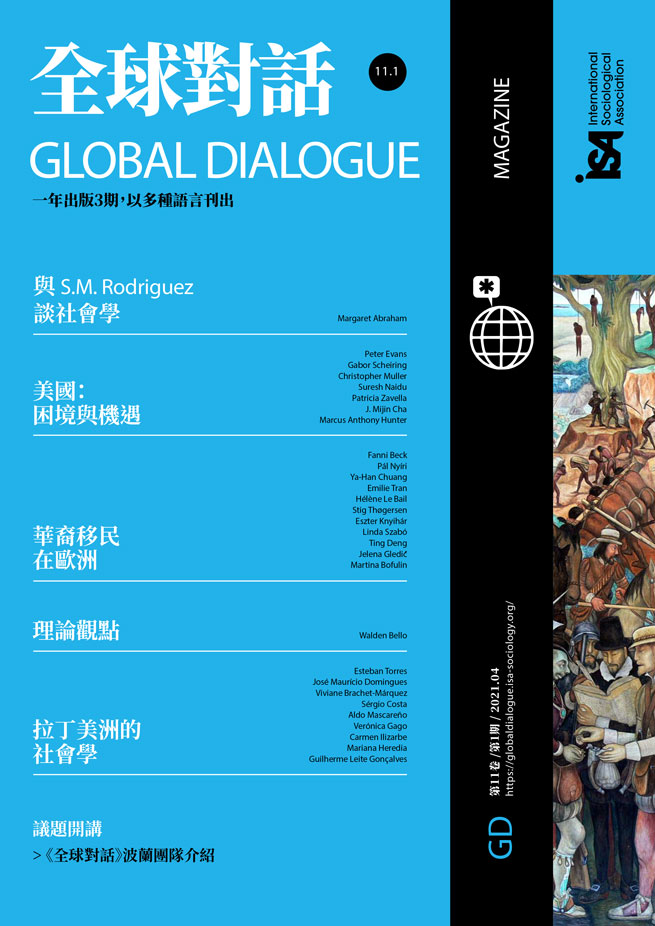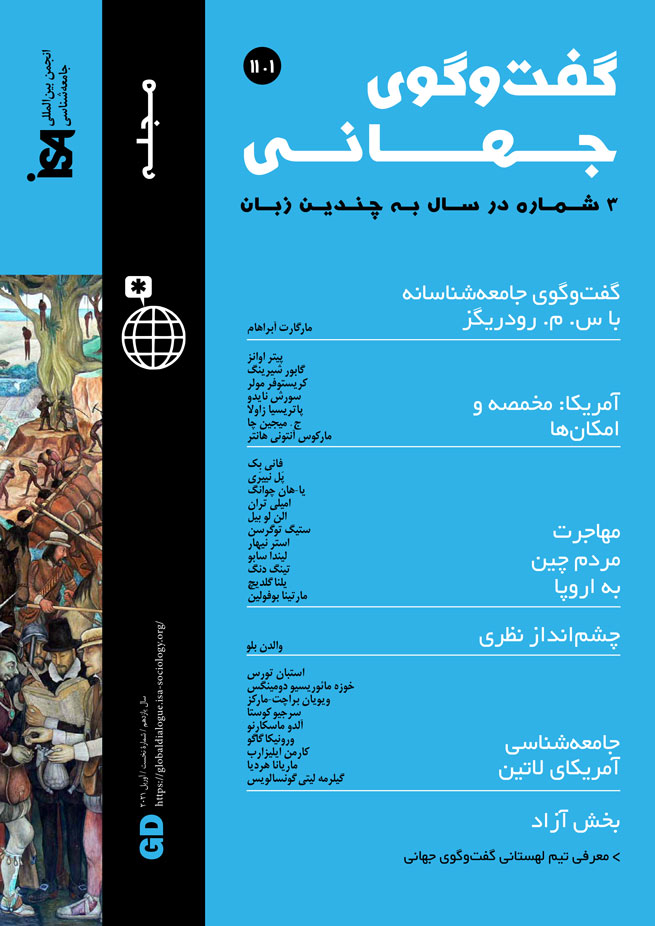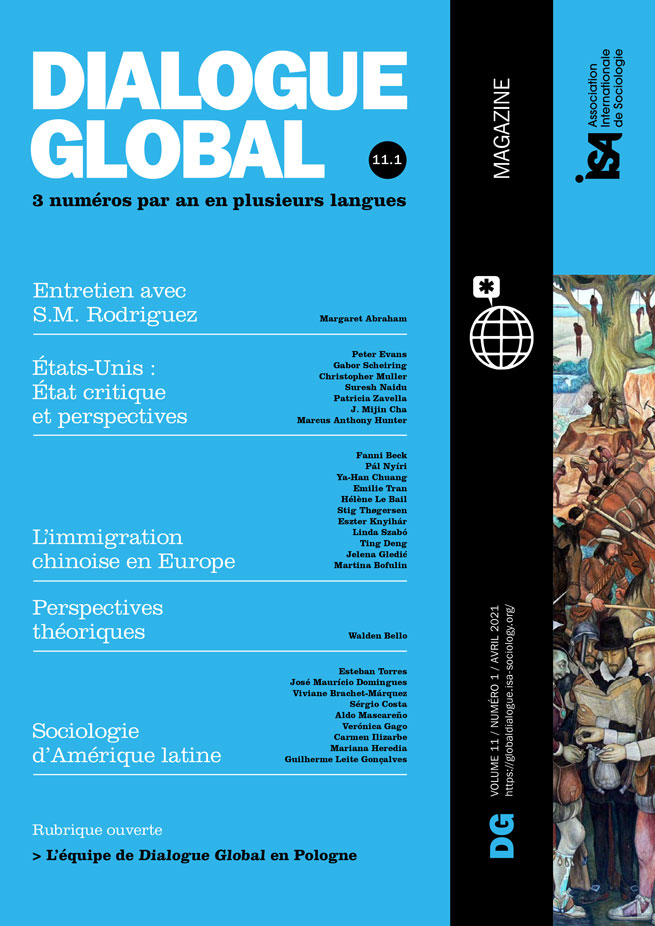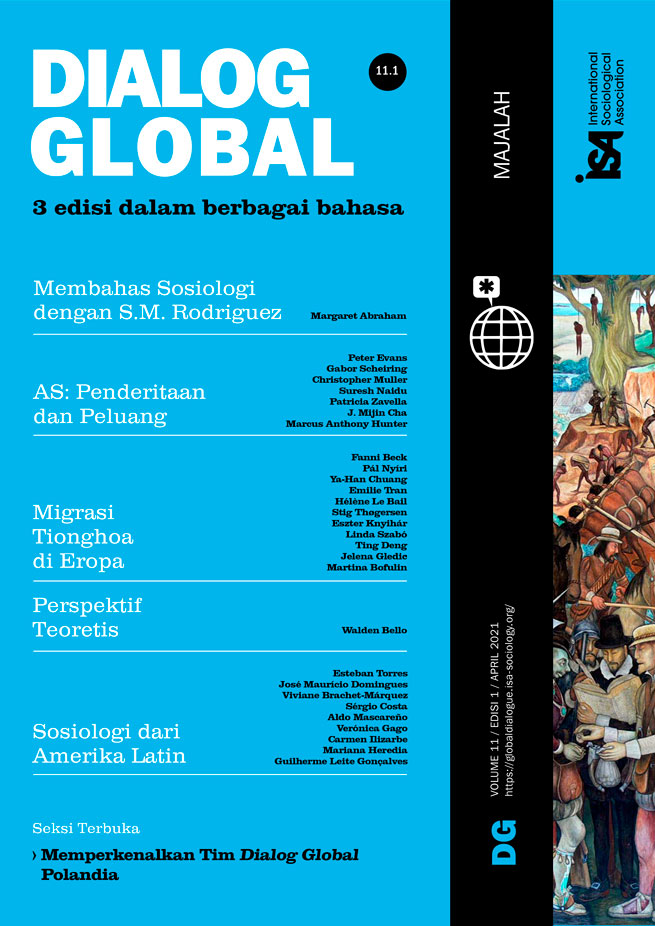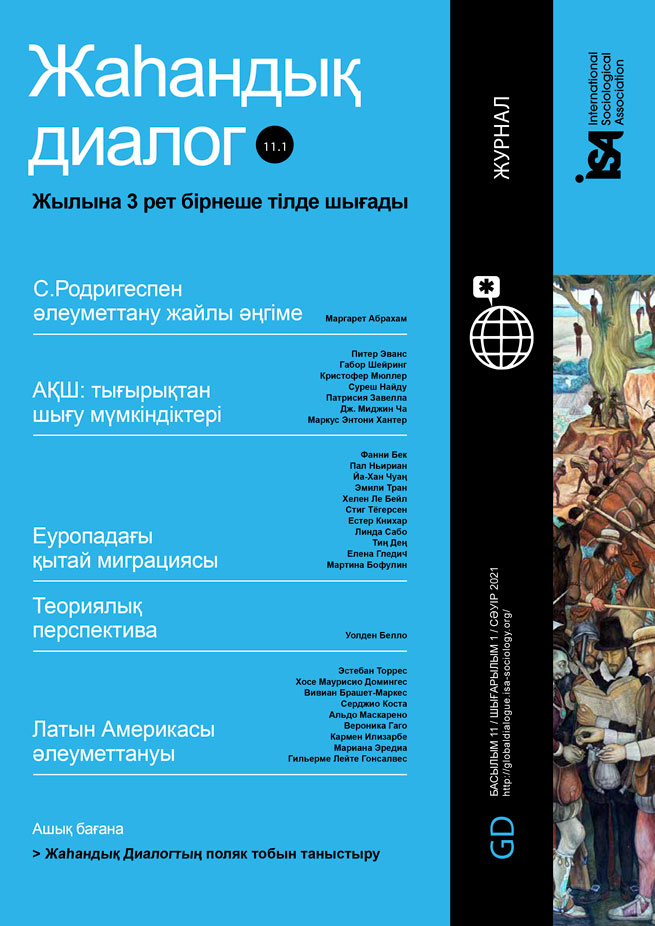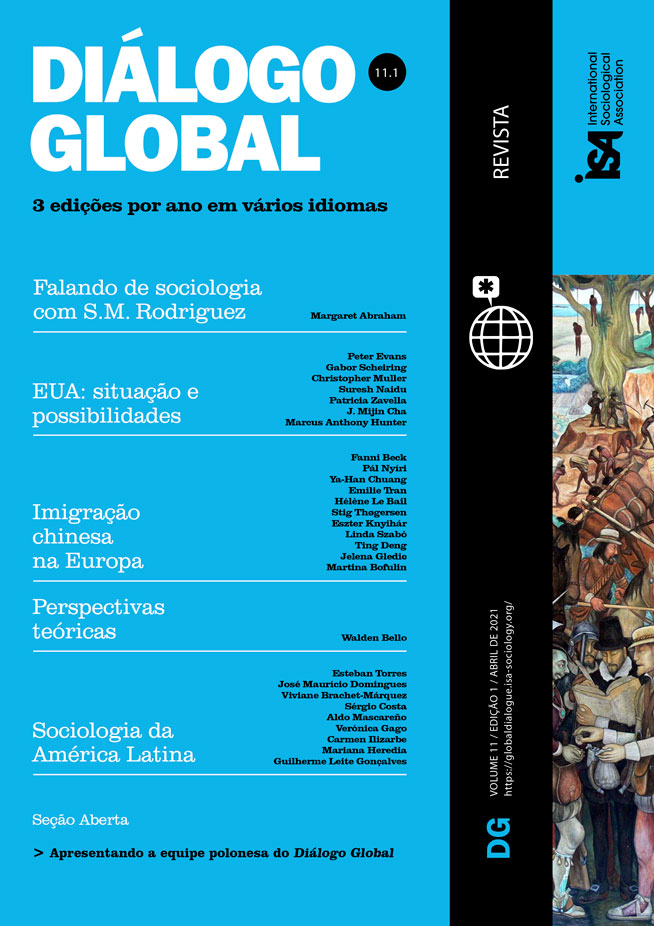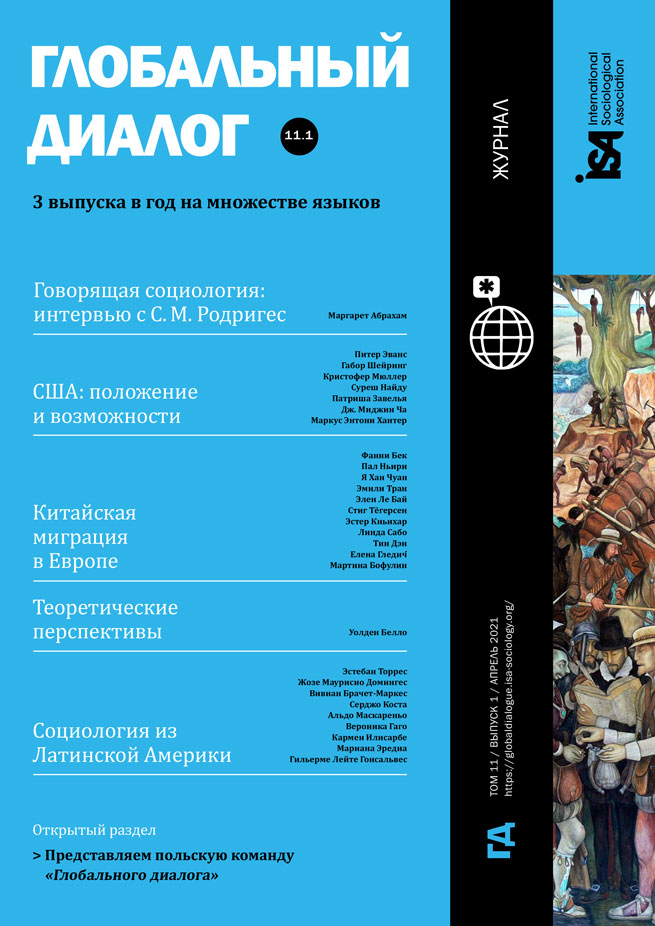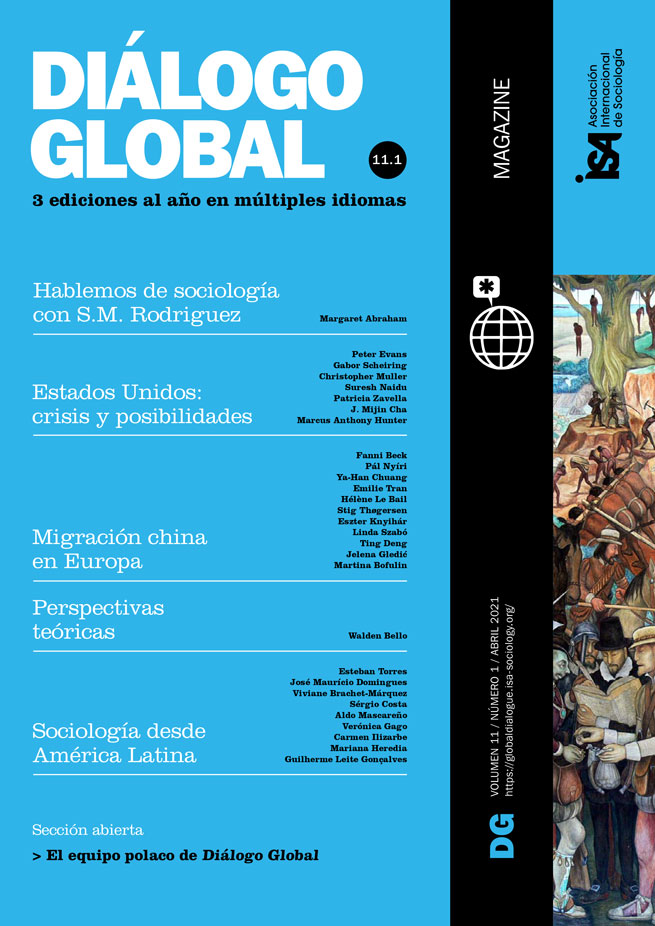Toward a Comparative Analysis of Far-Right Regimes
February 21, 2021
The COVID-19 pandemic has triggered an efflorescence of ideas on how to reorganize society along more progressive lines from the left. In webinars spanning the globe, people have been treated to a dazzling array of alternatives, including a reinvigorated left-wing Keynesianism, degrowth, deglobalization, ecofeminism, food sovereignty, emancipatory Marxism, and Buen Vivir or “Living Well.”
The only problem is that these wonderful ideas have little or uncertain political traction, even as the dominant paradigm of liberal democracy cum neoliberal economics has entered into even deeper crisis and may well be “dying slowly,” as economist Dani Rodrik puts it.
On the opposite side of the political spectrum, neither the conservatives nor the far right have any really innovative ideas, and what interesting ones they have, like deglobalization, are pirated from the left. Yet the far right has political momentum, and the destabilizing impact of COVID-19 might, in fact, accelerate that momentum.
The global rise of the far right is one of the two biggest surprises of the last half century, along with the collapse of socialist regimes in Eastern Europe and the Soviet Union in the last decade of the twentieth century.
In 2010, there were no regimes of what we might call the “new far right” globally except for Hungary. Now we have seen far-right personalities come to power in four of the seven biggest democracies: India, the United States, Brazil, and the Philippines. And even where they are not part of coalitions in power, by their electoral weight they have in many instances moved the center of gravity of politics to the right, as in Germany, Denmark, and Italy.
Right-wing regimes have come to power in both the Global North and the Global South. While sharing some characteristics, there are also unique features to these governing groups associated with their place in the global political economy, so that it is useful to consider them separately for the purposes of analysis without, however, suggesting that it is only, or even mainly, global political-economic location that accounts for the origins and dynamics of these regimes.
The far right in the Global North
What factors are behind the rise of far-right regimes and personalities in the Global North?
First, the far right in Europe and the United States was able to take advantage of the negative impact of neoliberal policies on people’s living conditions. Social democrats, or the center left, were implicated in the formulation and implementation of neoliberal policies. This left a big part of their base feeling they could no longer rely on social democratic parties to protect them, making them vulnerable to being pirated by parties of the right that cleverly shed the blanket endorsement of neoliberal policies by the center right and opportunistically cherry-picked “welfarist” positions traditionally championed by the left.
Second, in Europe, the far right was able to harvest resentment against the European Union (EU) by riding on the democracy issue, saying that the unelected technocratic leadership of the EU was lording it over the democratically elected national leaders of the member states. Thus, when, in 2015, the so-called Troika disregarded the results of the Greek referendum on the austerity program it imposed on the Greek people, Marine Le Pen, the leader of the National Front in France, draped herself as a democrat, proclaiming, “The choice is either democracy or Euro-dictatorship.”
Third, extreme right-wing parties have been able to dominate the migrant issue, with little effective opposition. They have not only accused the center right and center left of having no viable policy on migration, but have advanced the conspiracy theory that the center right, the center left, and the European Union are complicit with what they describe as the goal of the “migrant hordes” to subvert European and American society.
Opposition to migration and ensuring dominance of white society over minorities is the central issue the far right is riding and mobilizing on, and it is within a racist gestalt that they have positioned their opportunistic advocacy of anti-globalization, anti-neoliberal, and “pro-democracy” stands. Marine Le Pen’s National Front (FN) in France, for instance, now calls for the restoration of the wealth tax whereas it itself opposed all forms of progressive taxation only a few decades earlier. As economist Thomas Piketty points out, this is part of the party’s “social turn,” or posturing in defense of the system of social protection for workers through higher taxes on the rich. In Hungary, Viktor Orbán’s Fidesz Party has increased family benefits and created subsidized jobs for the unemployed. Certain measures to safeguard and promote social welfare, save jobs, and protect the economy are all fine, leaders of the far right say, so long as the beneficiaries are only people of the “right” skin color, the “right” culture, and the “right” ethnic stock. Of course, this stance may not be stated that explicitly, but that’s essentially the message that comes through, and so far, it’s been effective.
The far right in the Global South
Turning to the Global South, while it is certainly true that, as in the North, neoliberal structural adjustment contributed to worsening the already terrible conditions of existence of the vast majority of citizens of the democracies, what was occurring in places like the Philippines, India, and Brazil was something more fundamental: a repudiation of liberal democracy. Rodrigo Duterte in the Philippines, Narendra Modi in India, and Jair Bolsonaro in Brazil personify this rejection: Duterte boasts about violating due process as he presides over the extra-judicial execution of thousands, Modi glories in the fall of secular and diverse India, and Bolsonaro waxes nostalgic over the military dictatorship that ruled Brazil for 20 years.
What mainly accounted for citizens’ alienation from liberal democracy in the three societies was simply the massive gap between the promise of liberal democracy and its reality. The yawning gap between the glorious ideals expressed in the Indian Constitution, the 1987 Philippine Constitution, and the 1988 Constitution of Brazil and the realities of massive poverty, inequality, and disempowerment was bound to lead to a popular explosion sooner or later.
The rise to power of the far right cannot be understood without taking into consideration the disillusionment of the middle class. The middle class was, in the last 30 years of the twentieth century, a central factor in the undermining of dictatorships throughout the Global South. Over the last two decades, however, they have been greatly disillusioned by the failure of liberal democracy to deliver on its promises and by the deterioration of their living standards. They have become open to more drastic political solutions and some have even endorsed neoliberalism, though neoliberal policies have had contradictory effects on them. These policies eroded the conditions of life for some in the middle class but have simultaneously benefited others, as well as some members of the lower classes, creating what some have called the “aspirational middle class,” or people who are in income terms not middle class but aspire to be such. Pandering to the latter, Modi, Duterte, and Bolsonaro have embraced neoliberal policies while some of their counterparts in the North have been busy distancing themselves from them for opportunistic reasons.
The fear of crime and the so-called “dangerous classes” is also a factor behind middle class mobilization towards the right, and this is especially the case when inequality and poverty are so rampant that some people turn to drugs and crime. In both Brazil and the Philippines, middle-class fear of crime and drugs was certainly a central factor in the electoral insurgency. It is certainly the genius of Duterte to take drugs and crime out of their social context and demagogically turn them into the main problems confronting all classes, rich, middle class, and poor.
There is also the powerful appeal of an anti-corruption stance, and not just to the middle class. Elections are fueled by campaigns to “throw the bums out.” It seems, however, that every party that comes to power on an anti-corruption platform becomes corrupt in power, so that people become very cynical of electoral exercises and are attracted to leaders like India’s Modi and the Philippines’ Duterte, who they may not agree with on many points and who they may even see as dangerous to political rights, but who are able to project a non-corrupt image (though the reality may be different).
In Brazil, a large number of voters went for Bolsonaro to punish the Workers’ Party for perceived corruption among some of its leadership, and while all parties were involved in corrupt practices, Lula’s party took the brunt of the voters’ ire, probably because it had boasted of a clean record before taking the presidency, then was seen as being corrupted once it gained power. Corruption under previous regimes was much greater than under Lula and his successor Dilma Rousseff, but the wages of hypocrisy, it seems, are greater than those of undisguised dishonesty.
As for the working class, the peasantry, urban and rural poor, and the working class, it would be foolish to deny that Duterte and Modi enjoy widespread support among them. It might be said, however, that there is a difference in the support given to these personalities by the lower classes from that of the middle class. Borrowing from Antonio Gramsci, one would say that theirs is more of a “passive consensus,” while that of the middle class is more of an “active consensus” manifested in the opinions articulated in television, the internet, and the print media. The middle class intelligentsia has always taken the lead in forming public opinion, and in India and the Philippines a large sector of this stratum has supported Modi and Duterte.
Finally, one also cannot understand the success of some of these far-right personalities without taking into consideration their charisma. Modi and Duterte, in particular, are charismatic personalities, who seem to get the overwhelming majority to support or tolerate whatever they say and do, defying explanations based on rational calculus, class, and patronage. None of the far-right personalities in the North can even come close to enjoying the massive, across-the-board appeal of these two figures, though in the case of Donald Trump, he does seem to have a charismatic hold on his party and mass base, as evidenced by the fact that over 74 million Americans voted for him in the elections of 2020 – over 11 million more votes than he got in 2016.
Conclusion
Regimes of the extreme right in the Global North and the Global South have shared characteristics. This essay has explored the contrasts between them. The aim has been to contribute to a common effort to arrive at a more comprehensive explanation for their having gained the political momentum against their rivals on the center and the left in the current global political conjuncture.
Walden Bello, State University of New York at Binghamton, USA <waldenbello@yahoo.com>

